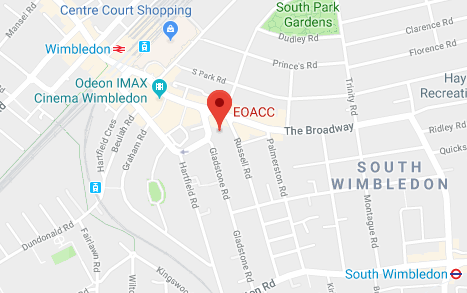Last week, King Charles delivered the King’s Speech,…
Applying Circular Economy principles in a business
A circular economy (CE) is a model of production and consumption, which involves sharing, leasing, reusing, repairing, refurbishing, and recycling existing materials and products for as long as possible.
CE aims to tackle global challenges such as climate change, biodiversity loss, waste, and pollution by emphasizing the design-based implementation of the three base principles of the model. The three principles required for the transformation to a circular economy are: designing out waste and pollution, keeping products and materials in use, and regenerating natural systems.
CE has been gaining popularity because it helps to minimize emissions and consumption of raw materials, open up new market prospects, increase the sustainability of consumption, and improve resource efficiency.
Introducing circular economy principles into your business offers a range of opportunities that could positively impact your bottom line, brand reputation, and long-term sustainability. Here’s why you could consider adopting CE principles:
- Cost Savings – optimise your resource use and extend the life of products and materials through strategies like repair, refurbishment, and remanufacturing; reducing the need for raw materials leads to lower production costs.
- Competitive Advantage – differentiate your business from competitors by demonstrating environmental responsibility and sustainability, enhancing your brand image.
- Growth Opportunities – encourage innovative product design and alternative business models, which can lead to new revenue streams and business growth.
- Regulatory Compliance – be better positioned to comply with evolving laws and regulations related to waste management, resource consumption, and emissions reduction.
- Enhanced Supply Chain Resilience – strengthen your supply chain resilience by being more innovative and resource-efficient in the face of resource scarcity, geopolitical instability, and increasing climate-related natural disasters.
Transitioning to CE requires a shift in mindset and business strategies. This is made possible by increased knowledge and innovation skills and should be part of any business’s strategic plan.
If you have a vision of what you want your business to look like when it is “complete” then you are in a position to drive your business towards that vision and you can monitor how you are doing as you go along.
If you agree it is hard to accomplish anything without a plan, we can help you start thinking about putting one in place. A strategic plan also helps you determine where to spend time, resources and money to achieve your objectives.
So how do you do a strategic plan?
- Take time to review your own personal objectives – the business is there to provide you with what you want from life; do not forget this.
- Look at where you are now, your strengths, weaknesses, opportunities and threats. Take external advice so you have a clear understanding of your position in the marketplace, the competition, your systems, the way you do things – what you are good at and what you are not.
- Focus on where you want to be (say) in 5 years; what you want your business to look like when it is “complete” or running profitably and applying CE principles. Then you can determine your priorities – the big issues that you need to focus on – this is the strategic plan!
- Write down your vision and define what you must achieve and the actions you need to take. Monitor how you are progressing towards your vision each month, what actions have been completed and what needs to be done to keep you moving towards your plan.
- Allocate responsibility for taking the actions.
- Monitor, review, and adjust your regular activities to keep you on track towards your plan.
The long-term benefits regarding sustainability, cost savings, and business growth can be substantial, making it a worthwhile endeavour for forward-thinking businesses. Talk to us about helping you achieve your objectives; we have considerable experience in helping our clients take their businesses to new levels.
The UK government’s policy statement on CE can be seen here: Circular Economy Package policy statement – GOV.UK (www.gov.uk)
#Wimbledon #wibledonaccountants #accountants

